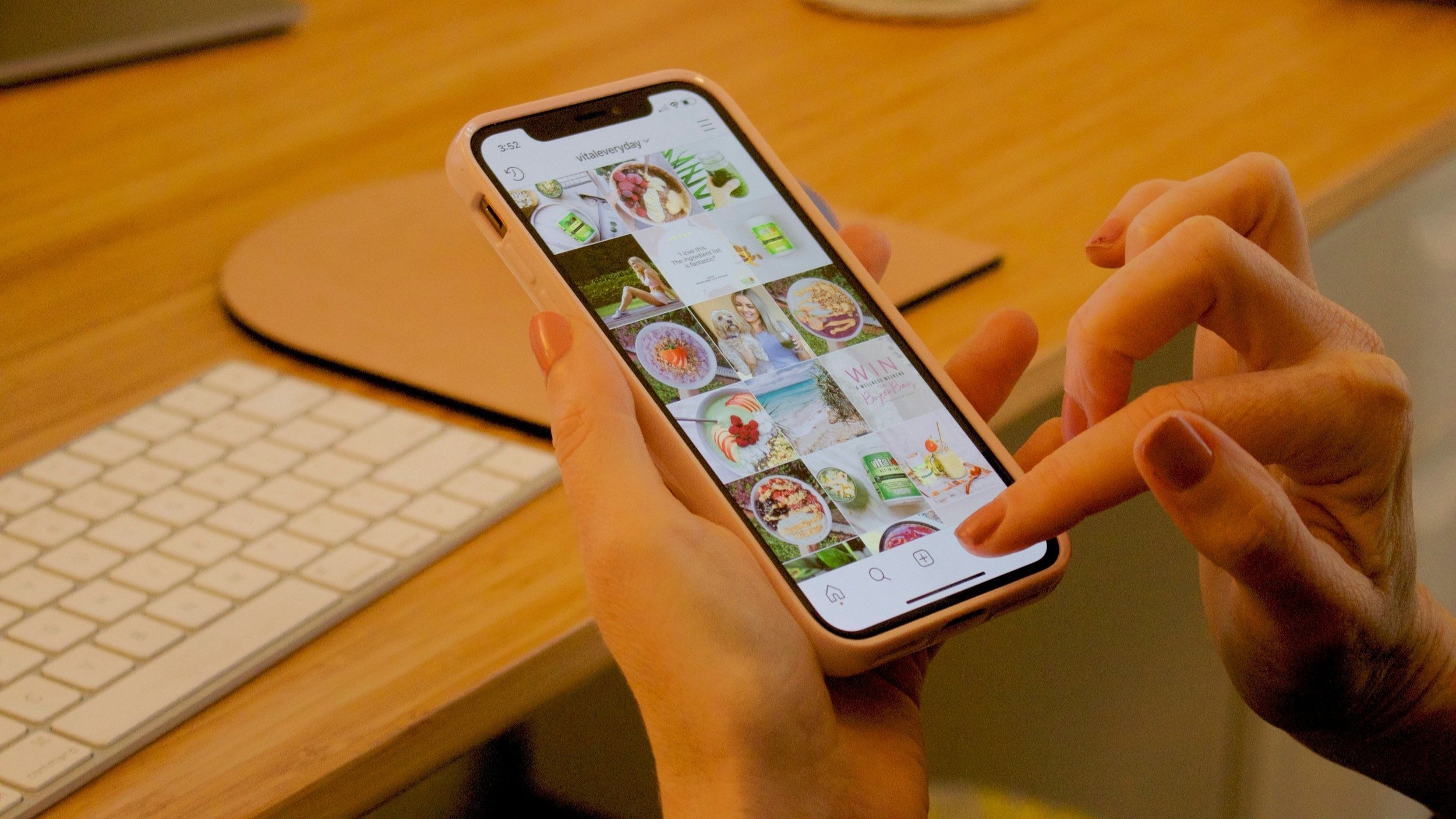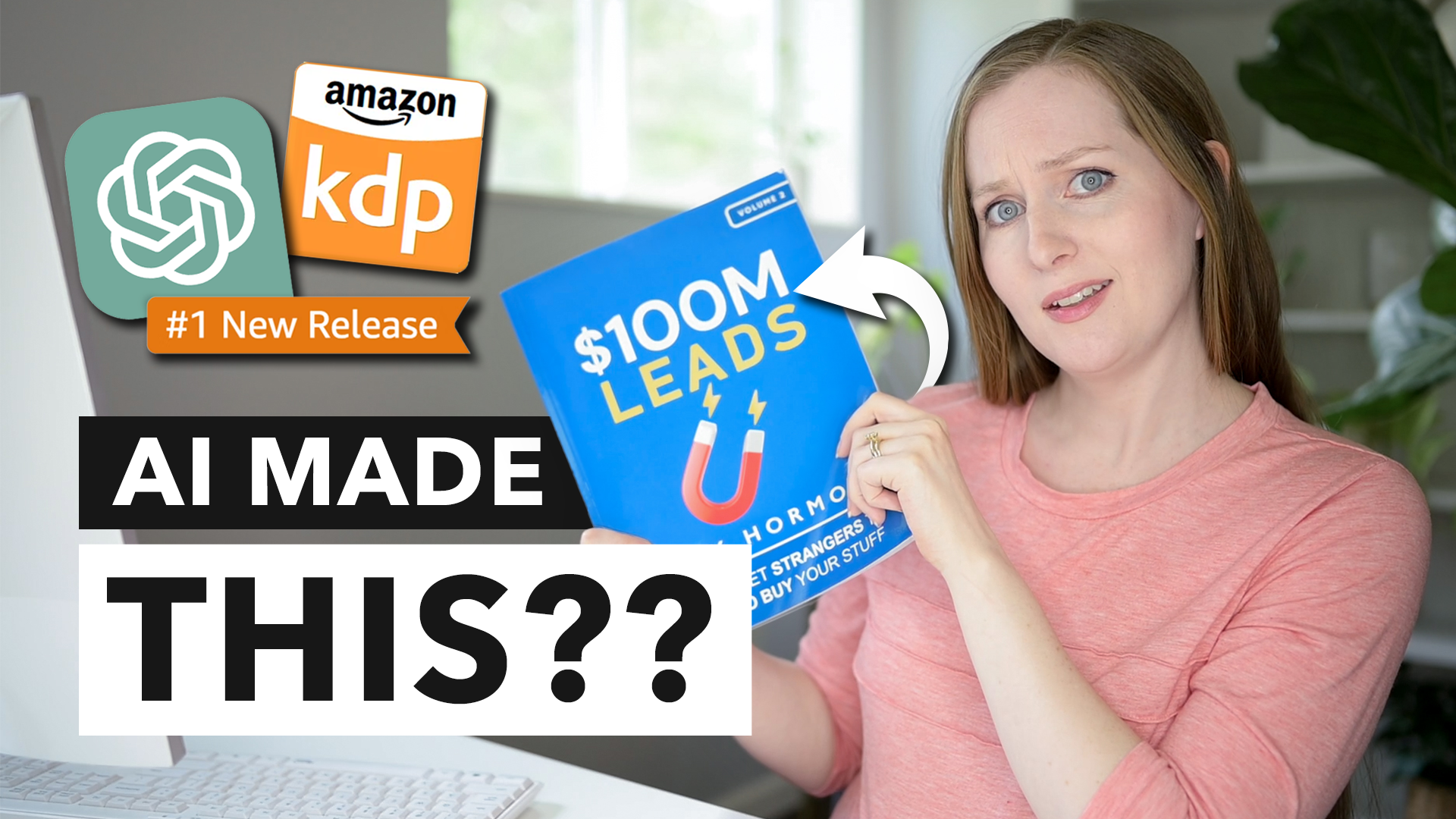How I Became a Full-Time Freelancer at Age 14
I remember at age 14 thinking, “I want a job.”
But of course, that wasn’t quite true. Really, I wanted some disposable income. 😉
My parents had given me an allowance since I was about eight, but just between you and me, I wasn’t exactly rolling in it. (…to be exact, I received a whopping $3.75 per week.)
Like anyone who's unhappily unemployed, I dutifully began to scour the help wanted ads. Calling one business after another, asking what their minimum age requirement for hiring was.
Unfortunately for younger-me, it’s the 21st century, and child labor isn’t the most popular trend.
I found this extremely frustrating. What can I say? Childhood bored me.
And so, I did what any diligent money-hungry innovative motivated fourteen year old would do: I started my own company.
Now, if we’re being completely honest here (and of course, we always are), my first gig totally fell into my lap. (Although it wasn’t exactly a random accident. I’ll explain why below.)
But once I saw that working for myself was a real possibility, I was hooked! I jumped in and grew my business as fast as possible. (Because why not work and earn a full-time income while you’re also a full-time student. ? It was a little crazy.)
How I lucked into my first gig.
When I was 14 years old I was playing in my (homeschool) high school band when another student approached me and asked me to tutor her.
I said no.
Or, more specifically, I said: NO!
No way, Hosea. I don’t even know how to play that damn flute myself.
Fortunately (really, thank you Jesus!!) she ignored my response and invited herself to my house for her first tutoring session.
“And the rest is history…”
The lesson here: Want a gig? Put yourself in the right place. Also, demonstrate your ability.
(Also, anti-lesson: Don’t say no when someone asks for your help. Especially when they’re offering cash.)
Fast-forward a few months, and that one student had blossomed into several referrals. (Plus an amazing friendship!)
Just in case you’ve never experienced the power of referrals from happy customers before, let me just say: they are gold.
(Lesson: want more work? Treat your current customers fabulously + ask for referrals.)
After about six months of teaching music lessons, I became a lot more confident in my skills. I saw that my students were actually progressing quite well, I had plenty to teach them, and everyone seemed satisfied with my service.
These positive results gave me the confidence to start actually advertising.
What did that look like? It started with a simple Craigslist ad. I’d write a new ad about once a month, slap it on Craigslist and wait for the phone to ring. I got one or two new students (each on a recurring monthly contract) every time I published a new ad. That was more than enough to keep me busy.
During this time I was also finishing up high school (at home, teaching myself) so I had a limited amount of time to work. However, by the time I started college (a story for another time), I had about forty students “enrolled” and was earning a full-time income.
From there, I continued to grow my personal studio until I reached about 55 private-lesson students, which is pretty much the max one teacher can serve.
I taught those 40 – 55 students for a period of about two years, during which time I also earned four associate degrees and got married. It was crazy-busy stressful anxiety-triggering exciting times.
And then my husband and I decided to grow our family.
Expecting my first child, I had three options:
Quit everything and become a stay-at-home mom. (Totally a valid option. ? )
Take a break, then put my baby in childcare and start working again.
Hire someone to replace me.
Any guess which option I chose?
Long story short, that first employee soon multiplied into seven, a 2500 square foot studio downtown, and a new position for me: music academy executive director.
How to become a full-time freelancer.
I’m assuming you’re not an unemployable 14 year old, but even so, if you’re interested in becoming a full-time freelancer yourself, there are a number of tactics you can glean from my experience.
(Oh, but if by any chance you are fourteen, please email me! I love meeting young people who are interested in entrepreneurship — makes me feel like I wasn’t the only weird high schooler listening to Pat Flynn’s Smart Passive Income. ;P )
1) Develop a skill.
First off, you need a skill to offer as a freelance service. In my case, I knew how to play piano and flute.
However, it’s valuable to note that I was NOT extremely talented at either. In fact, when I started teaching flute, I had only been playing for about one year myself (though I’d studied music — piano — for several years before that). I wasn’t “advanced” by any metric, but I still knew a lot more than the students who were just starting for the first time.
2) Surround yourself with your ideal audience.
Yes, I did this totally accidentally — but you can do it with intention. Where does your target customer hang out? Be there. Listen to them. Find out what they need and want.
3) Open yourself up to possibilities.
Just like I was looking for work (and aware that I had time to fill), you can open yourself up to opportunities.
4) Apply yourself to whatever does present itself.
We all know that it’s easier to get a job when you already have one. It looks better on your “resume,” and you’re less desperate.
So whatever you have in your life that you can work on, do it, and do it well. Don’t drive yourself crazy hoping that the future will come to you.
Maybe this is doing pro bono work for charities, publishing portfolio work on your own website, working for the single client you do have, or even just applying yourself to your day job. But whatever it is, do it well and stay busy.
5) Keep your overhead super low.
The reality is that somewhere around 90% of businesses fail within the first five years. While this can be discouraging, hopefully it mostly is motivating for you to plan your business carefully.
One of the best ways to protect yourself from the risks associated with starting a business is to keep your overhead incredibly low because if your business goes through a lean period high overhead costs can kill your idea before it has a chance to recover. You can end up funding your business out of pocket, which can quickly turn into running yourself into a pile of debt.
On the other hand, by keeping your expenses super low, you can survive the ups and downs that often come with the first few years of business, and actually survive until you get strong enough to thrive.
6) Treat your customers amazingly.
Referral customers are the best you’ll ever get. They come to you already full of trust and expecting good things. This makes them much easier to sell to and generally much more satisfied with the results you provide.
So go way over the top to give your current customers great service — an them ask for referrals!
7) Stop waiting and start advertising.
Referrals might be gold, but they can be slow to come in when your network is small and you’ve only recently started out.
So don’t just sit around and wait for them! Take action and start advertising. I advertised on Craigslist, but that doesn’t mean it’s the best fit for your business.
However, here's the reason that I chose Craigslist: I Googled “piano teacher Salem Oregon” and noticed that Craigslist was the first result that came up, so I knew that I needed to be there.
You can do the same thing. Figure out how customers generally find professionals in your field: Do they use a search engine? Use someone from their network? See a billboard?
Wherever they’re looking, that’s where you need to be.
8) Brand yourself.
I didn’t discuss this in my account above, but the main thing that allowed me to increase my clientele and rates was branding myself so that I stood out from the competition.
To do this, I got clear on exactly what I offered, what set me apart from my competition, and what that looked and felt like.
Then I translated all that information into a website so that my potential customers could see what I was all about and be persuade to call me instead of someone else.
How to become a freelance writer/designer/speaker/coach/artist
While my first freelance job was teaching music, since that time I’ve worked as a freelancer in several different fields. Each time I started a new line of work, I had to start over from scratch. Here’s how I applied the eight steps (above) in a variety of different industries.
Web Design
First, I learned how to design websites. This was a several year process of teaching myself and experimenting a LOT.
I developed a signature style that set me apart from other designers.
I branded that style as Aptus Creative Marketing.
I did pro bono work for some brand new entrepreneurs and authors. This gave me practice working with clients, testimonials, portfolio pieces, and referrals. I advertised ran Google and Facebook ad campaigns to generate leads.
Stylist
I studied hair styling and makeup artistry for two years. Also, I practiced extensively on myself and my friends.
I created tutorial videos to showcase my expertise.
Then, I started trading work with a local photographer. This helped me build up my portfolio and get referrals.
Finally, I advertised with Google ads and Craigslist to generate leads for local gigs.
Writing
Even though I’ve been voraciously reading and writing ever since I was in grade school, I still took additional writing classes in college to refine my skills.
I started a blog. Then I started another blog, then another, and finally this blog you’re reading now. ?
I wrote a book. This really helped to establish my proof that I am able to write (and that people appreciate my writing). It also helped to grow my audience.
I applied for (and landed) jobs on Upwork and Hire Writers.
I continue to write, which showcases my style and attracts leads.
Is freelancing forever?
For some, freelancing is the end goal, whereas for others it’s merely a stepping stone. In my case, it was both. These days, I spend half my time doing freelance work, and the other half creating digital products to sell en masse.
This mix suits my personality and preferences. It provides multiple streams of income, which help me feel secure, and also gives me diversity in my work. As an ambivert (half way between extrovert and introvert), I enjoy spending some time engaging directly with people and some working on my own to create products.
Practical Advice For Running A Flexible, Fulfilling, and Profitable Business In Less Time
Design a business that’s not only flexible and fulfilling but highly profitable.







